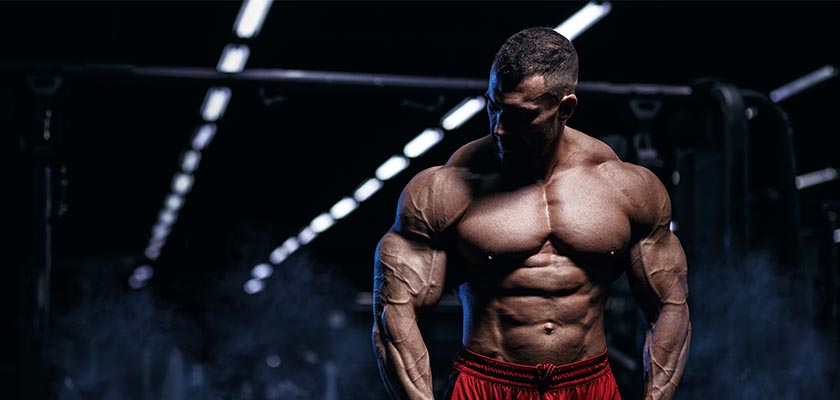Bodybuilding is a practice that goes far beyond the simple pursuit of a sculpted body. This sport requires dedication, discipline and a deep understanding of the various disciplines that make it up.
In this context, exploring the categories of bodybuilding becomes fundamental to understanding the breadth of this physical activity that is winning over more and more fans around the world.
In all, there are eight disciplines that embrace different aspects of muscle development, symmetry and performance, each requiring a specific set of skills from the athlete.
You may have heard of some segments, such as the traditional Classic Physique, but bodybuilding goes far beyond that.
Check it out 👇
Bodybuilding divisions
- Open
- 212
- Classic Physique
- Men’s Physique
- Fitness
- Figure
- Wellness
- Wheelchair
Open
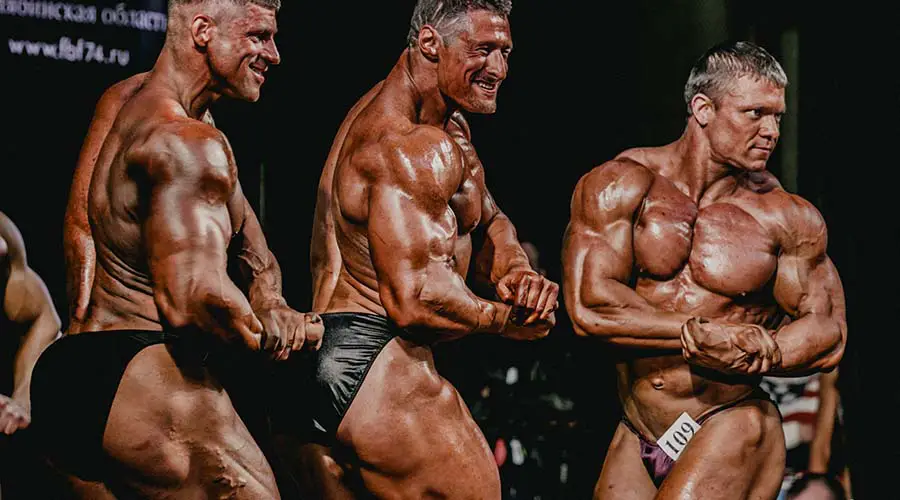
The Open is one of the oldest bodybuilding categories in history, characterised by having no weight restrictions. This means that bodybuilders can compete with any body mass they want.
The emphasis in Open is on muscle size and quantity, symmetry, proper proportion and definition. In other words: it’s a category without limits, which forces the bodybuilder to the extreme.
Some of the sport’s most iconic figures, such as Arnold Schwarzenegger, Lee Haney, Dorian Yates and Jay Cutler, have stood out in the Open.
It’s worth remembering that in the Mr Olympia tournament, the Open category is called Mr Olympia (for men) and Ms Olympia (for women).
212
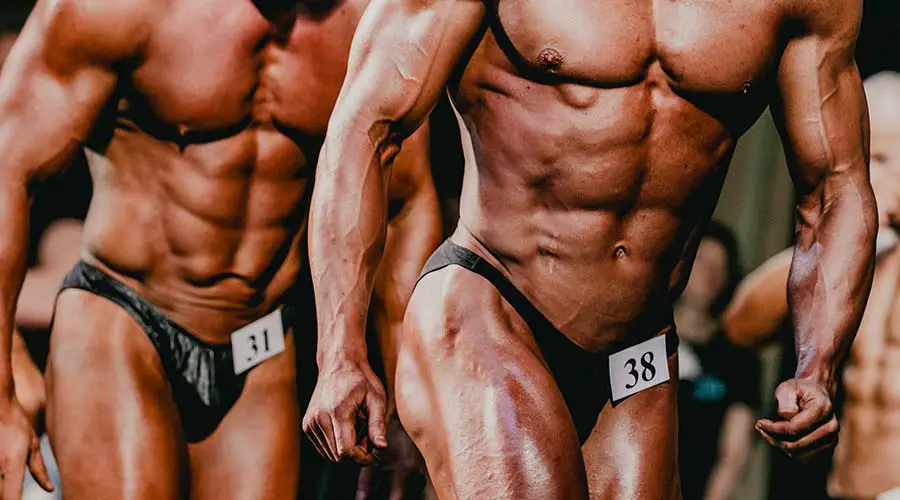
In short, the 212 category is the same as Open, but with a weight restriction. The limit even gives the sport its name: 212 pounds (or 96kg).
This category was created to cater for bodybuilders with shorter statures, in order to provide greater balance to the competitions.
Brazilian Eduardo Corrêa and American Flex Lewis are some of the big names in the sport. The pair have met in several editions of Mr Olympia, with the American winning seven times in a row.
Classic Physique
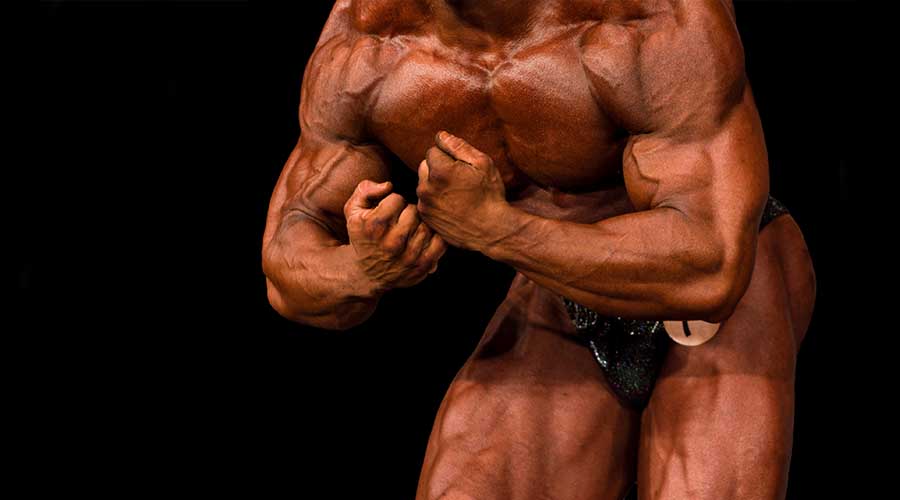
If you watched the grand final between Chris Bumstead and Brazilian Ramon Dino at Mr Olympia 2023, then you’ll understand the Classic Physique category.
Introduced to evoke the golden age of bodybuilding, this discipline seeks to balance size, symmetry, definition and proportion.
Competitors have to hit a maximum weight that depends on their height. The taller they are, the higher the ceiling. However, they are judged on classic aesthetics and not just muscle size.
In this category, bodybuilders have to do elaborate poses to show volume and full physiques, but without the need to maintain the symmetry and proportion of the muscles, as is the case in the Open.
In women’s competitions, this category is called Bikini, following the same premises and assessment criteria as Classic Physique.
Men’s Physique
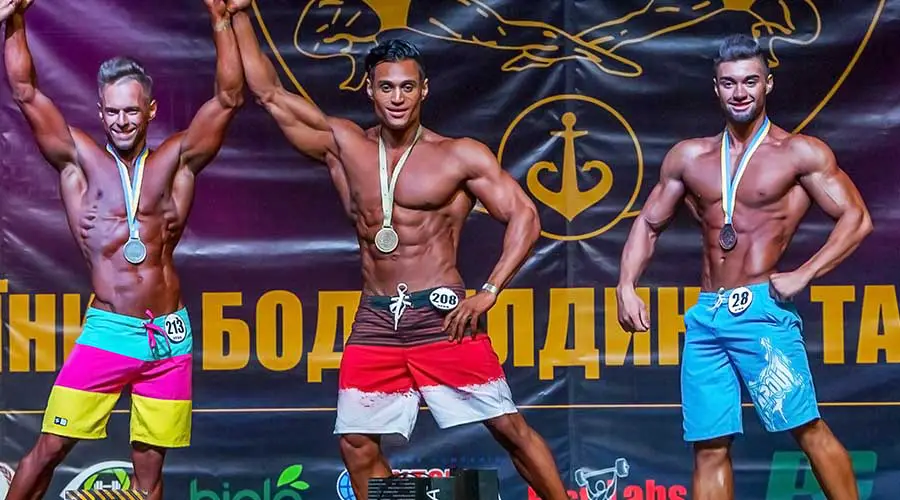
Men’s Physique is also on the list of bodybuilding categories. In this segment, the emphasis is on a leaner, more natural physique.
Competitors show off their shoulders, chest, back and abdomen, but without the extreme muscle definition required in traditional bodybuilding. Overall presentation and confidence are also important factors in tournaments.
Here, participants need to have rigid muscular symmetry, showing balance between the limbs, and above all, a slim waist.
Another special feature of Men’s Physique is that competitors wear shorts in order to make the competition more natural.
There is also the Woman’s Physique category, which follows the same bodybuilding standards, but is aimed at women.
Fitness
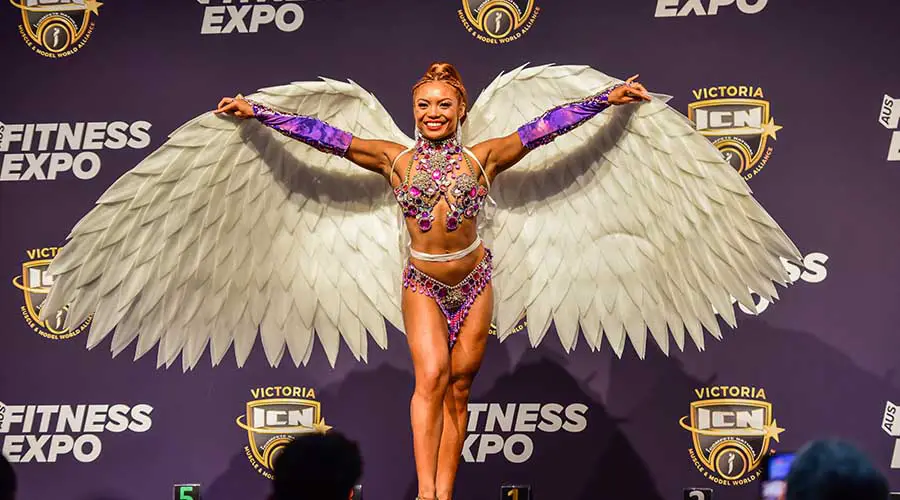
In addition to the physical component, the Fitness category evaluates choreographed performances that combine elements of dance, gymnastics, wrestling, theatre and other forms of artistic expression.
Competitors are judged on the quality of their routines, as well as the condition of their bodies in general, but without the exaggerated muscles.
For the performances, participants can wear a wider variety of clothes, such as shorts, tights, tops, tank tops, T-shirts and even costumes.
Figure

The Figure category is aimed at female competitors. Unlike other disciplines, such as Open and Classic Physique, this one emphasises a softer, more athletic aesthetic, with less emphasis on overall muscle mass.
The aim is to achieve a more balanced and less bulky appearance, while still maintaining a notable physical presence.
In the tests, the women have to perform a series of compulsory poses. In this way, they are judged on numerous criteria such as symmetry, muscle definition, proportion, elegance, grace and overall performance.
Wellness
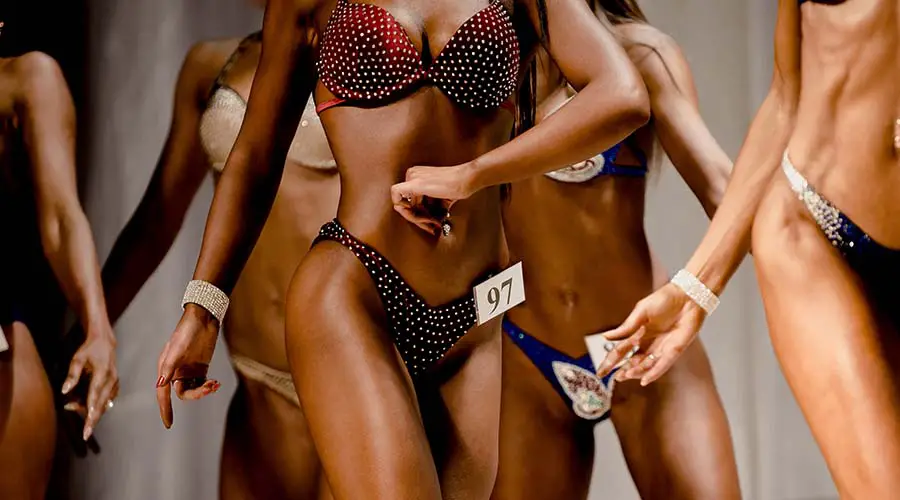
The Wellness category is a relatively new women’s division. In this discipline, the emphasis is on a fitter body rather than a muscular one.
One of the main characteristics of this segment is the importance given to the development of the thighs and buttocks. Competitors therefore need to show well-developed muscles in these two areas.
Wellness distances itself from the premises assessed in more traditional categories such as Bikini and Women’s Physique. However, it reflects the ongoing evolution of bodybuilding to recognise and celebrate a wider variety of female body shapes and sizes.
Wheelchair

We finalise the list of bodybuilding categories with Wheelchair. This is a division dedicated exclusively to athletes who use wheelchairs, in order to promote greater inclusion in competitions.
It highlights bodybuilders who have overcome significant mobility challenges. During tournaments, standards are adapted to accommodate the specific needs of these bodybuilders, ensuring a fair and equitable competition.
As with other categories, Wheelchair’s emphasis is on muscle aesthetics, symmetry and definition. Competitors are judged not only on the quality of their body development, but also on their posing skills and overall presentation.
Now you know the eight main bodybuilding categories! Which is your favourite? Let us know in the comments 👊
For more complete and fresh content on sports, games and betting, just come and visit us every day. You’ll love our articles!


